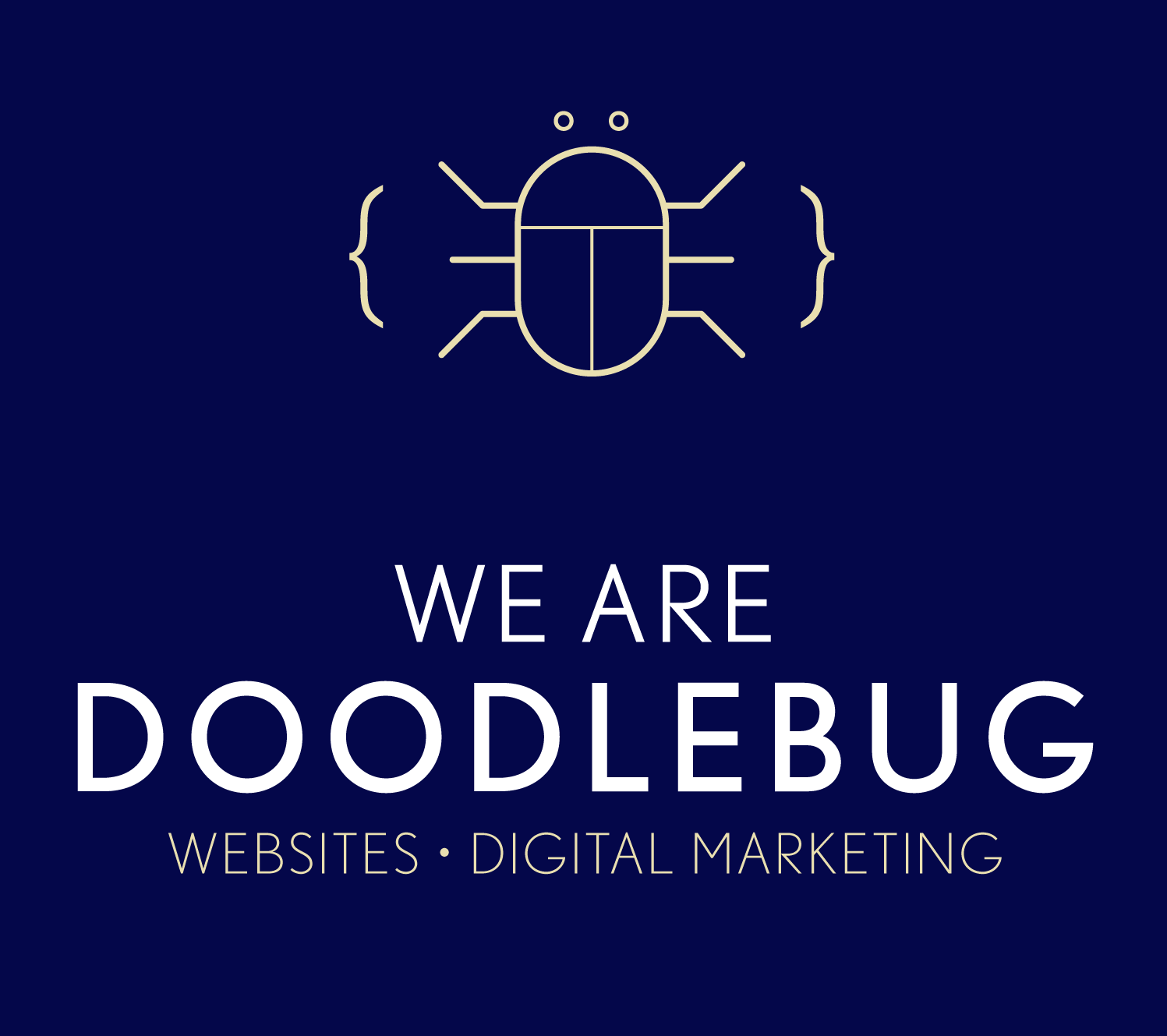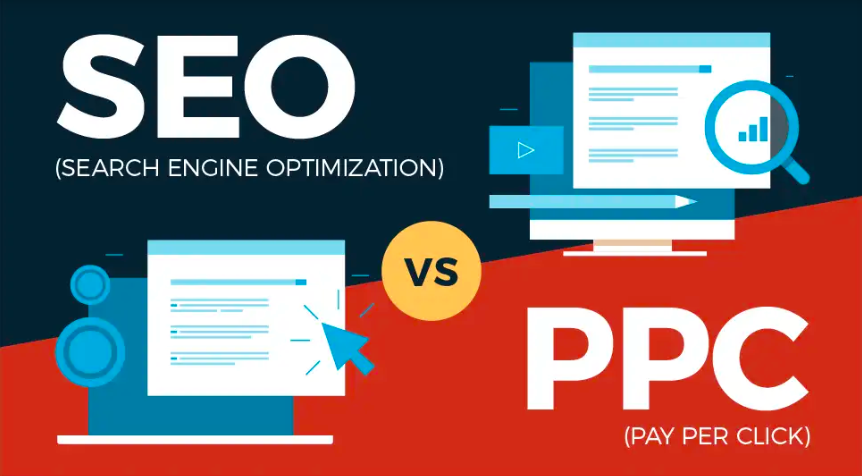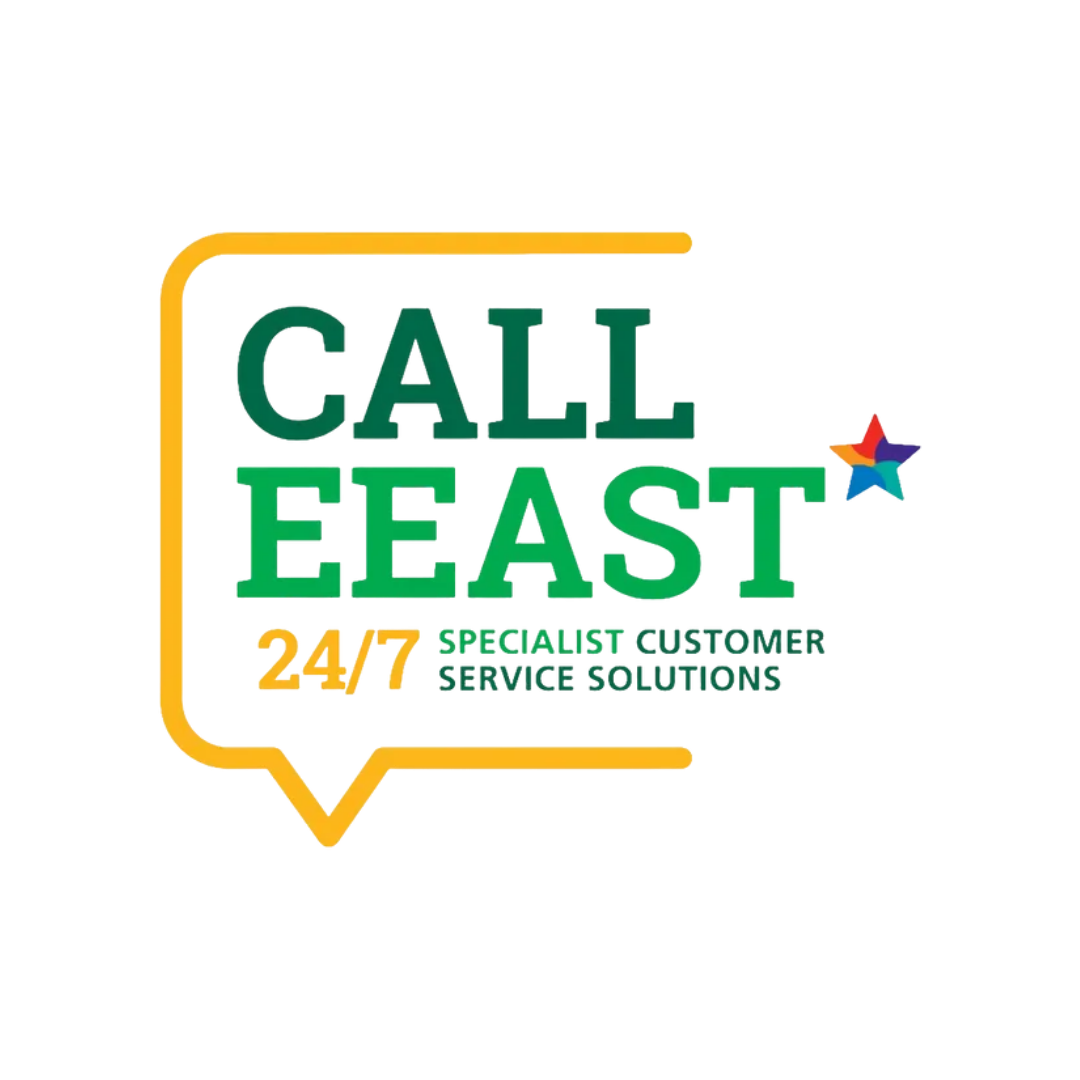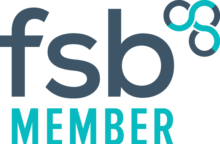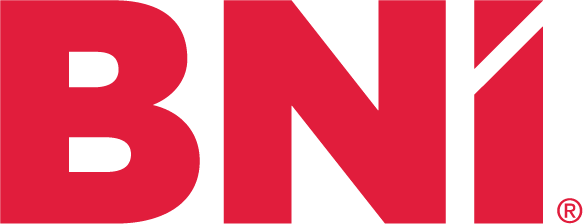Clarity - what is your problem?
Clarity - what is your problem?

So, you have been sold a solution that will meet all of your needs.
It is all singing.
It's all dancing.
And it should be - the price and heartache it has caused. And yet - nothing really changed. Not significantly anyway.
This is why ‘What is your problem’ is such a loaded question. It isn’t good enough to bend the solution we offer to fit any problem we are presented with - it just breaks down. Also, the real problem is often something that hasn’t been considered (why would it not be - surely we would have fixed it!!)
Elon Musk is a divisive figure - there are a lot of good reasons to question the sense of trying to recreate his distinct style of work, management and PR - but he did come up with a very useful concept - First Principles:
“This is the process of first principles thinking in a nutshell. It is a cycle of breaking a situation down into the core pieces and then putting them all back together in a more effective way. Deconstruct then reconstruct.”
As ever - this tiny part of a complex concept is not all encompassing but it gives a good starting point to what I want to say.
If you do not know the root cause of the issues you face, you will not be able to target the solution properly.
To add further scaffolding, I have previously discussed the identification of problems being a key element of effective implementation. I used the Rumsfeld Matrix to do this:
- Known knowns - often easy wins
- Known unknowns - research topics and implementation plans
- Unknown knowns - third party perspective is important here
- Unknown unknowns - oh dear, this way monsters lurk!!
The danger sits around number four - and often relates to those first principles being misidentified. This is where you end up with those expensive white elephants that seemed such a good idea in the planning stages. However much effort you put into the first three, every project that's fallen down will have unexpected and unforeseen issues that derailed them.
The beauty of a digital system is that it does exactly what it is told to. Every. Single. Time.
The weakness of a digital system is that it does exactly what it is told to. Every. Single. Time.
An error in set up or use can have catastrophic consequences. Think of the stories you have heard of people blindly following satnavs - especially in the early days. The error wasn’t with the hardware - it was inaccurate maps that led to dead-ends and cliff edges (not to mention impassable desert tracks) and humans so blinded to the real world they took turns that would have been seen as completely ridiculous in the days of paper maps. I have had direct experience of this - sat in the middle of the field cursing my stupidity as I look at the lovely driveway I should be on or sitting in front of a wall across a road - and not a new one at that!
Google and the like have driven improvements in map accuracy, including reacting to real world reports from individuals (you can submit inaccuracies and they will review) - but also, people put up signs saying things like “Turn round, your satnav is wrong!” And we all laugh and share the stories, leading to a much less credulous belief in the satnav gods in many cases.
When you are trying to create a change in your business - be that attracting customers, sharing information or managing people and processes etc. - this trial and error solution can only be used for the small peripheral problems. The satnavs were fundamentally a fantastic thing. The issues were relatively few - although significant.
This is how we view the process of uncovering those unknown unknowns using the Doodlebug Way:
- The core team is identified and liaises with the client - this includes all relevant stakeholders (leaders, users, contacts)
- Roles in the process are plotted and allocated
- Structured investigative conversations are scheduled and carried out
- Technical specification/plan is produced
- Implementation road map is developed
- Progress is monitored and reported on regularly throughout the process
- Product is launched
- Ongoing cyclical support is implemented by the Doodlebug team
Doing this gives a clear distinction between the tech, the humans and the interactions between the two.
The other elements in this list will be covered in future articles - but for now I am going to focus on the structured conversations.
What is a structured conversation?
In our context, it is a situation where the Doodlebug team use questioning, prompts and sometimes activities to probe the difficulties we need to solve. This takes two forms - by now, I feel repetitive - but they are:
- Tasks the tech can cover
- Tasks the humans need to do
After this - we take a step deeper.
A human following a satnav off a cliff is not acting in a retrospectively logical way. However, when you take into account the lead up to the incident where they are in a highly stressful situation; maybe lost, possibly in atrocious weather, on unfamiliar roads and dealing with distractions from passengers - it becomes more understandable.
It is easy to sit in a comfortable room and deliver a set of observations on the motivations of all concerned, but it is vital to use scenarios to place the client in a more realistic mindset and use this to both extract insights and apply our expertise to resolving the resulting impact.
How we do this can vary. Sarah Hubbard (We Are Doodlebug’s extremely talented Operations Director) is a big fan of a post-it and a big wall (I suspect this is because she gets to give me my special pile of blue post-its where all my off track tangents have to be written and I am not allowed to mention them again until the core task is complete. This is more effective than I like to admit). I prefer a mind-map on the biggest piece of paper I can muster - but we are just as comfortable with the results when we use a notepad and pencil - which is often necessary with smaller projects as the client doesn't have the resource to allocate to such an in depth process.
We developed this mindset when working with our first truly ‘big’ client. They wanted to allocate as little time as possible to the process. 'Save time, save money'. Had we been on boarding them now we would have been much clearer about the value of that time upfront, saving money later on (although they are the case study - for which we are grateful!) Our current process would have saved in the region of £30,000. They got an amazing outcome (if I do say so myself!) but involvement of stakeholders earlier, acceptance that the buyer is rarely the end user and an understanding that 100+ users can have 100+ motivations would have allowed a much smoother transition.
To finish - a health warning. Managing change is not about consensus at all costs. Its about optimal outcomes - which means those who do not get what they want - because what they want is not what they need - end the process with the best possible understanding of the underlying reasons.
As ever - ask yourself two questions:
- What do I want to change about my business and its systems?
- Do we have the expertise internally?
Answer yes to question 2. - take the insights I share here and try them in your context. We know they work, but feedback is incredible in making the service even more optimal.
Answer no - subscribe to our feed and DM me when you are ready to see how change management and technological transformation can change your life.
We Are Doodlebug - Blog

GET STARTED TODAY
All Rights Reserved | We Are Doodlebug | Privacy Policy
